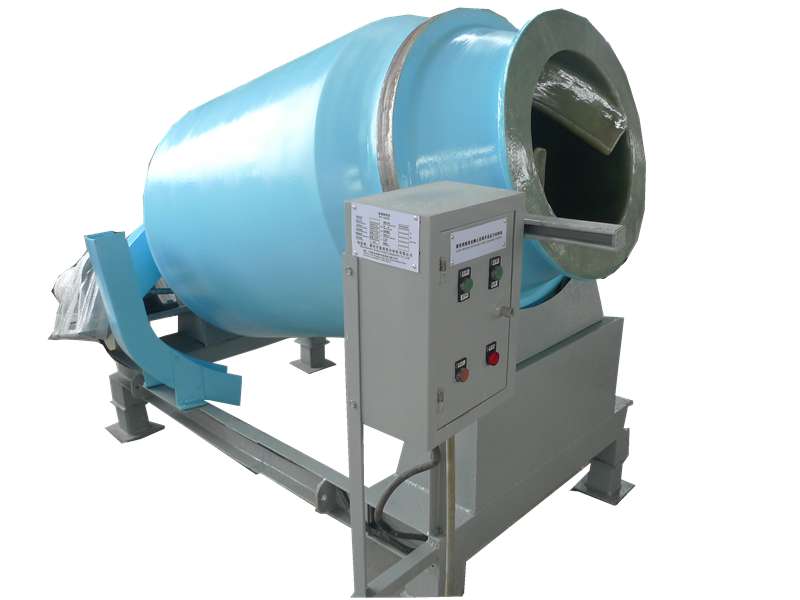
-
 Afrikaans
Afrikaans -
 Albanian
Albanian -
 Amharic
Amharic -
 Arabic
Arabic -
 Armenian
Armenian -
 Azerbaijani
Azerbaijani -
 Basque
Basque -
 Belarusian
Belarusian -
 Bengali
Bengali -
 Bosnian
Bosnian -
 Bulgarian
Bulgarian -
 Catalan
Catalan -
 Cebuano
Cebuano -
 China
China -
 China (Taiwan)
China (Taiwan) -
 Corsican
Corsican -
 Croatian
Croatian -
 Czech
Czech -
 Danish
Danish -
 Dutch
Dutch -
 English
English -
 Esperanto
Esperanto -
 Estonian
Estonian -
 Finnish
Finnish -
 French
French -
 Frisian
Frisian -
 Galician
Galician -
 Georgian
Georgian -
 German
German -
 Greek
Greek -
 Gujarati
Gujarati -
 Haitian Creole
Haitian Creole -
 hausa
hausa -
 hawaiian
hawaiian -
 Hebrew
Hebrew -
 Hindi
Hindi -
 Miao
Miao -
 Hungarian
Hungarian -
 Icelandic
Icelandic -
 igbo
igbo -
 Indonesian
Indonesian -
 irish
irish -
 Italian
Italian -
 Japanese
Japanese -
 Javanese
Javanese -
 Kannada
Kannada -
 kazakh
kazakh -
 Khmer
Khmer -
 Rwandese
Rwandese -
 Korean
Korean -
 Kurdish
Kurdish -
 Kyrgyz
Kyrgyz -
 Lao
Lao -
 Latin
Latin -
 Latvian
Latvian -
 Lithuanian
Lithuanian -
 Luxembourgish
Luxembourgish -
 Macedonian
Macedonian -
 Malgashi
Malgashi -
 Malay
Malay -
 Malayalam
Malayalam -
 Maltese
Maltese -
 Maori
Maori -
 Marathi
Marathi -
 Mongolian
Mongolian -
 Myanmar
Myanmar -
 Nepali
Nepali -
 Norwegian
Norwegian -
 Norwegian
Norwegian -
 Occitan
Occitan -
 Pashto
Pashto -
 Persian
Persian -
 Polish
Polish -
 Portuguese
Portuguese -
 Punjabi
Punjabi -
 Romanian
Romanian -
 Russian
Russian -
 Samoan
Samoan -
 Scottish Gaelic
Scottish Gaelic -
 Serbian
Serbian -
 Sesotho
Sesotho -
 Shona
Shona -
 Sindhi
Sindhi -
 Sinhala
Sinhala -
 Slovak
Slovak -
 Slovenian
Slovenian -
 Somali
Somali -
 Spanish
Spanish -
 Sundanese
Sundanese -
 Swahili
Swahili -
 Swedish
Swedish -
 Tagalog
Tagalog -
 Tajik
Tajik -
 Tamil
Tamil -
 Tatar
Tatar -
 Telugu
Telugu -
 Thai
Thai -
 Turkish
Turkish -
 Turkmen
Turkmen -
 Ukrainian
Ukrainian -
 Urdu
Urdu -
 Uighur
Uighur -
 Uzbek
Uzbek -
 Vietnamese
Vietnamese -
 Welsh
Welsh -
 Bantu
Bantu -
 Yiddish
Yiddish -
 Yoruba
Yoruba -
 Zulu
Zulu
Exploring Innovative Methods for Maximizing Efficiency in FRP Ladder Design and Application Techniques
Understanding FRP Ladder A Fusion of Strength and Versatility
In the modern world, where safety and efficiency are paramount, the need for reliable and durable equipment has never been greater. One such innovation that has gained significant attention is the FRP (Fiber Reinforced Polymer) ladder. This article explores the features, benefits, and applications of FRP ladders, showcasing why they have become an essential tool in various fields.
What is FRP?
FRP, or Fiber Reinforced Polymer, is a composite material made from a polymer matrix reinforced with fibers, which are typically glass or carbon. This combination results in a material that is lightweight yet incredibly strong, resistant to corrosion, and able to withstand harsh environmental conditions. FRP is increasingly being used in construction, aerospace, automotive, and many other industries where performance and durability are crucial.
Why Choose an FRP Ladder?
1. Lightweight and Portable One of the most significant advantages of an FRP ladder is its lightweight nature. This portability makes it easy to transport and maneuver, allowing workers to set up and dismantle the ladder quickly without excessive strain.
2. Corrosion Resistance Unlike traditional metal ladders that can rust and deteriorate over time, FRP ladders are impervious to moisture, chemicals, and other harsh elements. This property ensures that they maintain their structural integrity and appearance even in challenging environments, such as marine or industrial settings.
3. Electrical Insulation Another standout feature of FRP ladders is their non-conductive properties. This makes them an ideal choice for electrical work, where the risk of electric shock is a concern. Electricians and technicians can work confidently on ladders without worrying about electrical hazards.
frp ladder

4. High Strength-to-Weight Ratio FRP ladders offer an impressive strength-to-weight ratio, making them suitable for a variety of applications without the added bulk of traditional materials. This allows for designs that can support heavy loads while remaining easy to handle.
5. Durability FRP materials are known for their longevity. They do not degrade as quickly as wood or metal when exposed to the elements, and they are resistant to impact and abrasion. This longevity translates to cost savings over time, as users spend less on replacements.
Applications of FRP Ladders
FRP ladders find applications in numerous sectors due to their versatile properties. In construction, they are used for scaffolding, access, and maintenance work, allowing workers to reach heights safely. In industrial settings, FRP ladders are often utilized in chemical plants and refineries, where chemicals could corrode metal ladders. In the energy sector, especially in electrical and telecommunications industries, the non-conductive nature of FRP ladders makes them indispensable for workers handling live wires.
Moreover, the growing trend of sustainability has made FRP a preferred choice for environmentally conscious industries. As these ladders have a longer lifespan and lower maintenance costs, they contribute to reducing waste and promoting sustainable practices.
Conclusion
In summary, FRP ladders embody a remarkable combination of strength, safety, and versatility. They provide invaluable benefits that make them increasingly popular across various industries. As businesses continue to prioritize worker safety and efficiency, the adoption of FRP ladders will likely expand, paving the way for a future where innovative materials improve the tools we use every day. Whether for professional applications or DIY projects, FRP ladders offer a dependable solution for reaching new heights — literally and metaphorically.
Latest news
-
High-Performance FRP Scrubber – Advanced Fiberglass Scrubber for Effective Cleaning & Stain RemovalNewsJul.04,2025
-
Fiberglass 90 Degree Elbow for Custom Tanks & High Pressure Pipes Durable and Corrosion ResistantNewsJun.24,2025
-
Exploring the Benefits of Top Hammer Drifter Rods for Enhanced Drilling PerformanceNewsJun.10,2025
-
High-Precision Fiberglass Winding Machine for GRP/FRP Pipe Production – Reliable & Efficient SolutionsNewsJun.10,2025
-
FRP Pipes & Fittings for Shipbuilding - Corrosion-Resistant & LightweightNewsJun.09,2025
-
Premium FRP Flooring Solutions Durable & Slip-ResistantNewsJun.09,2025









